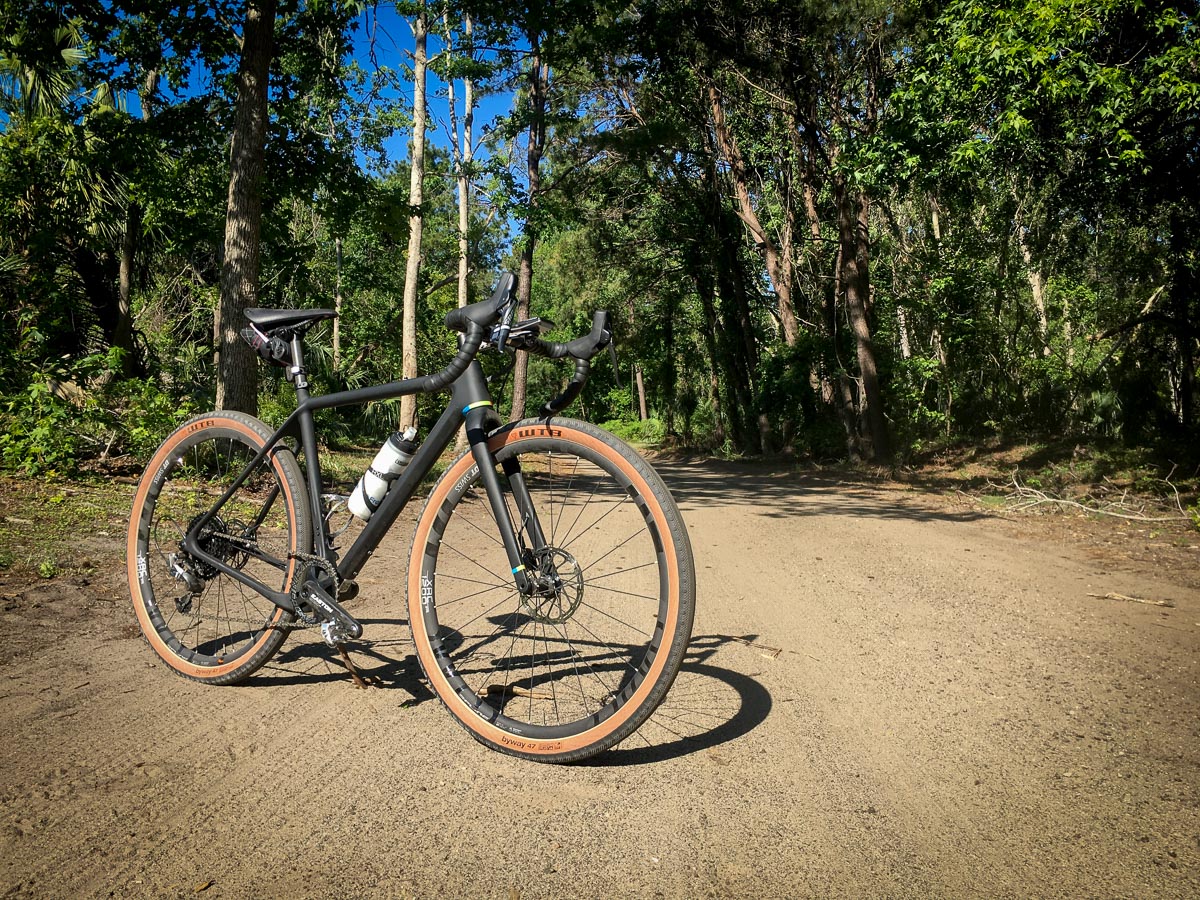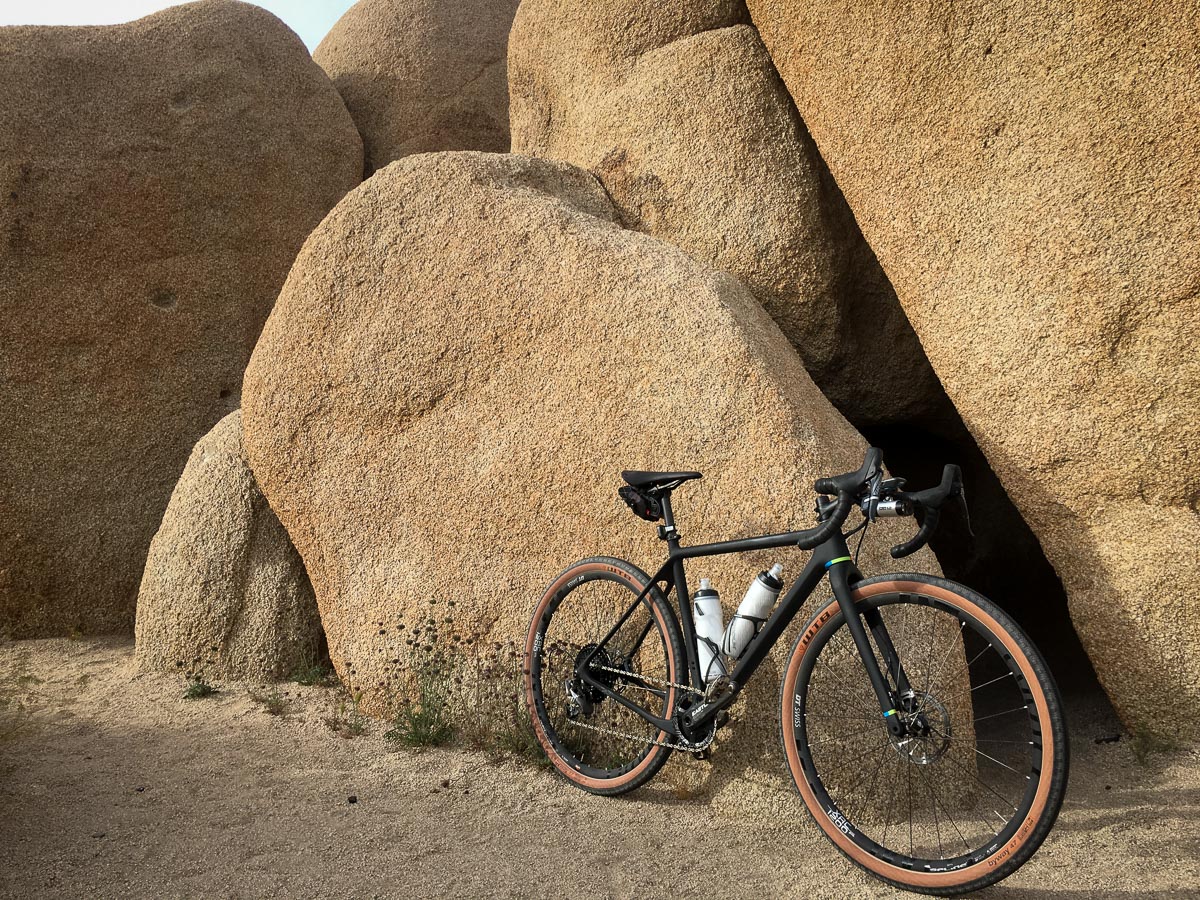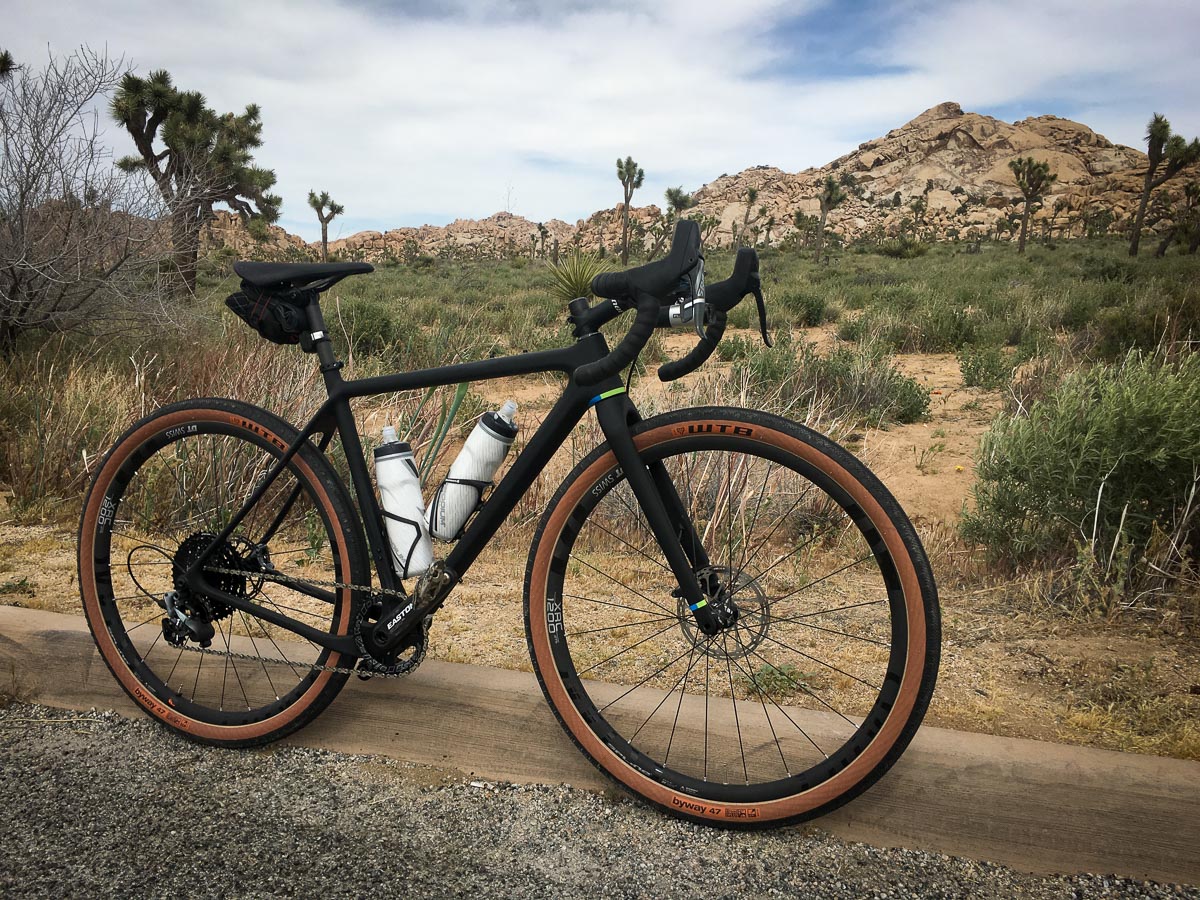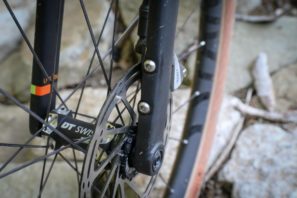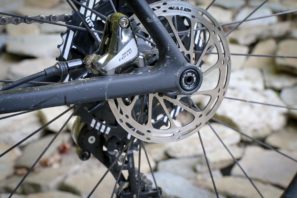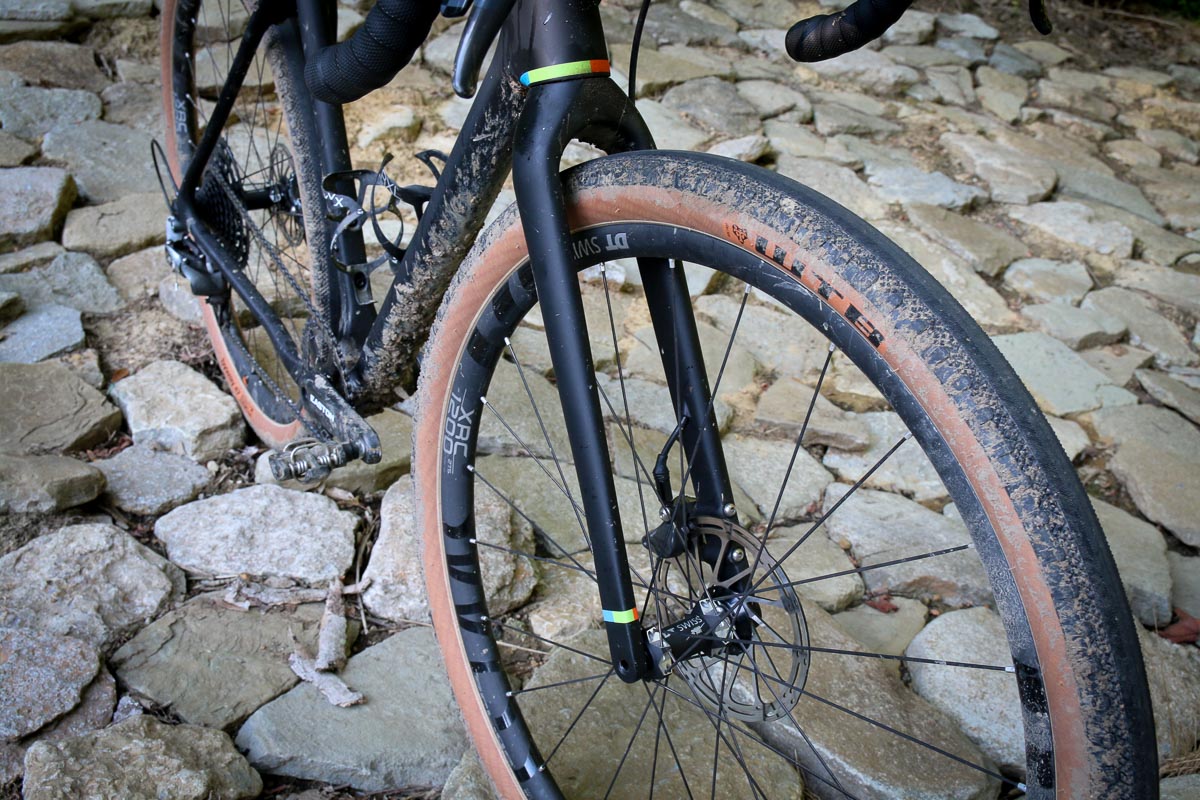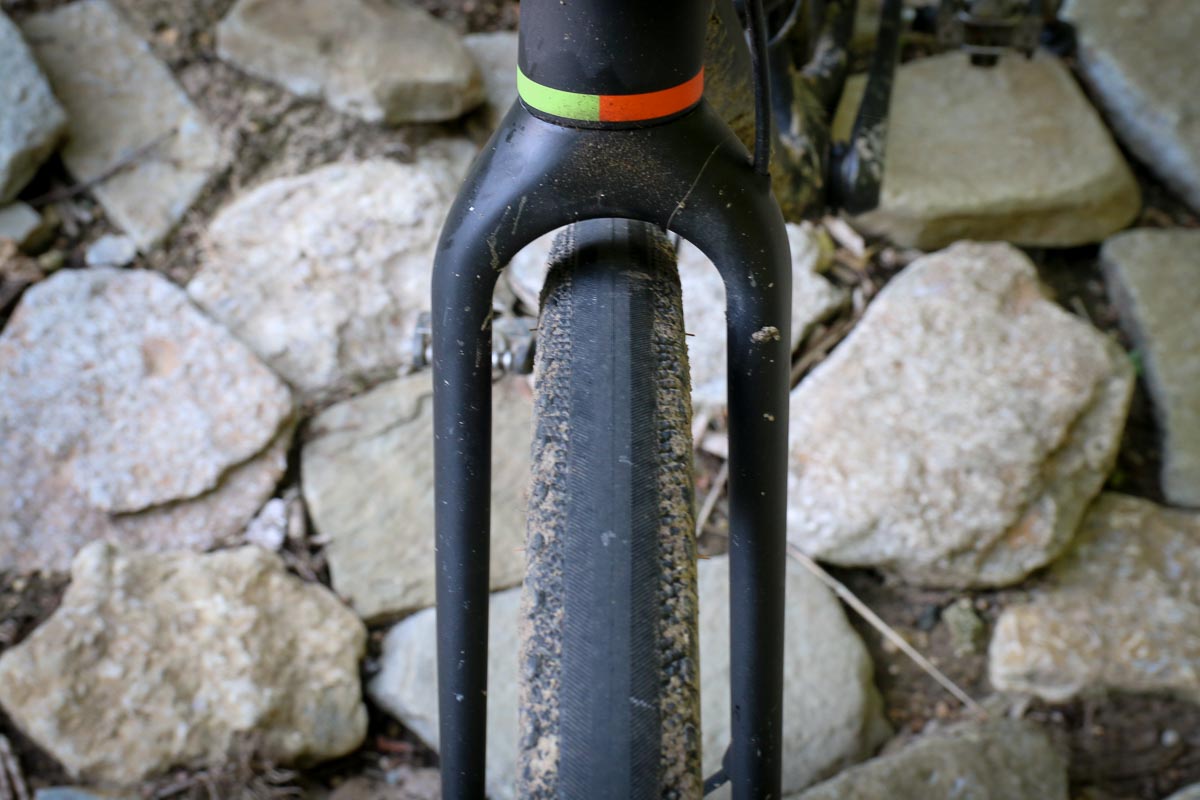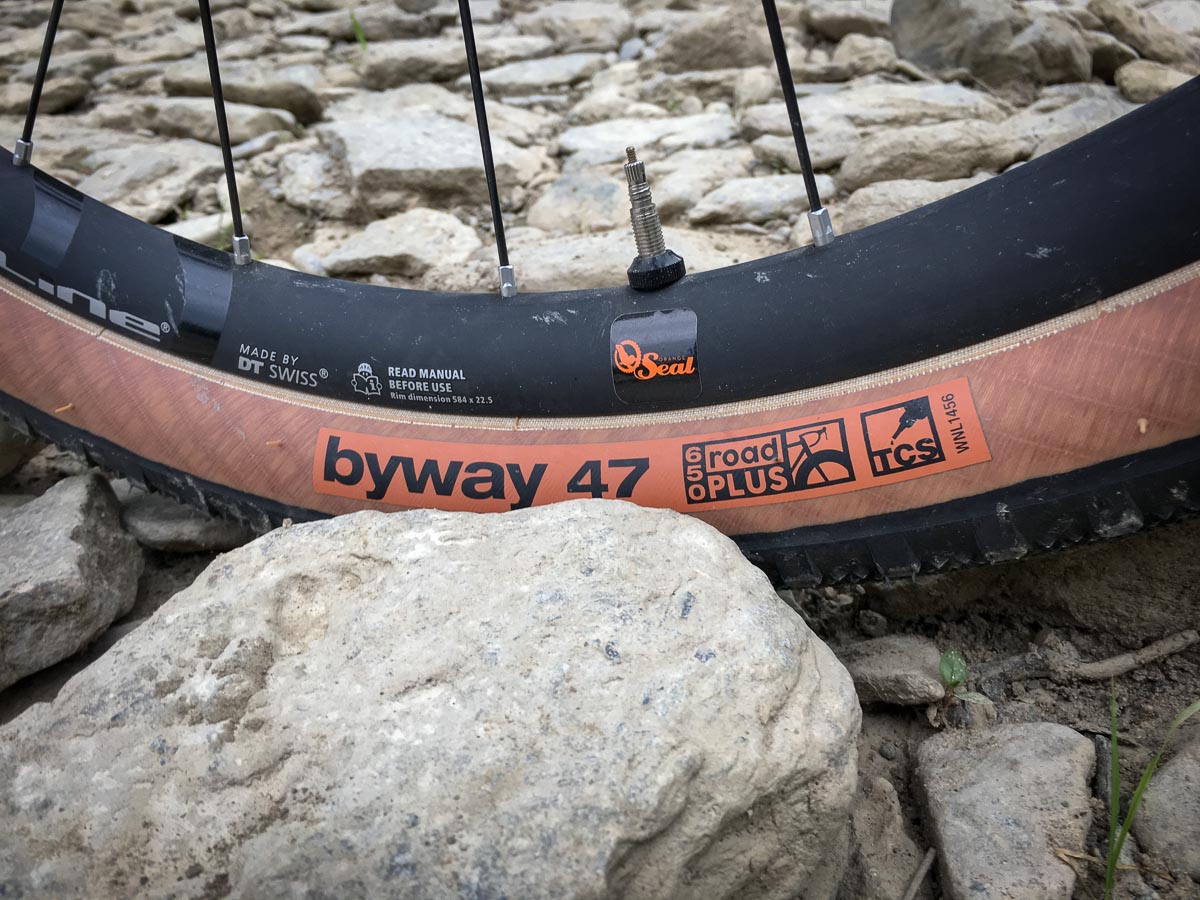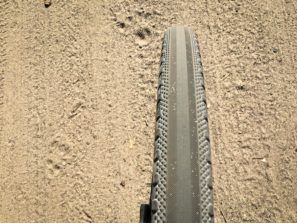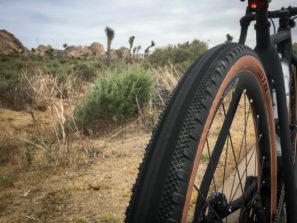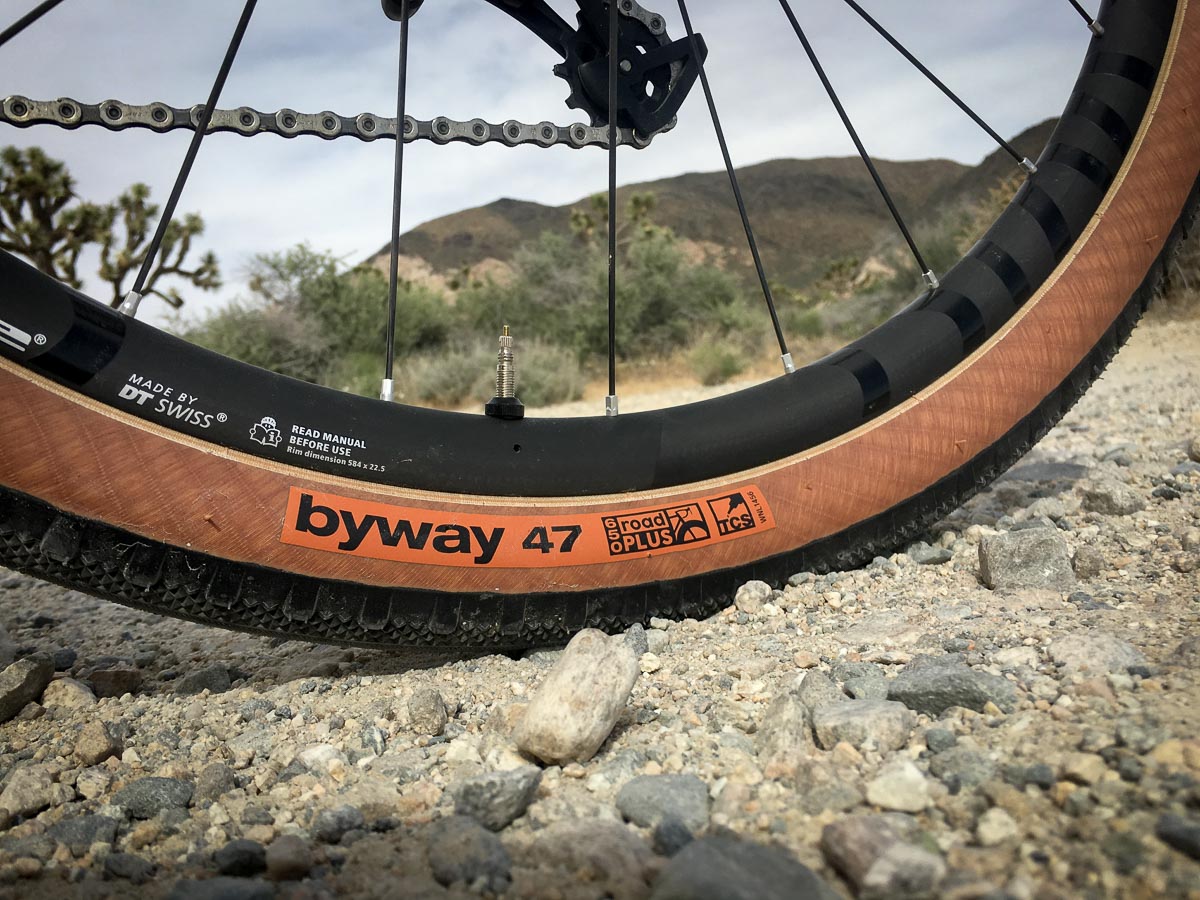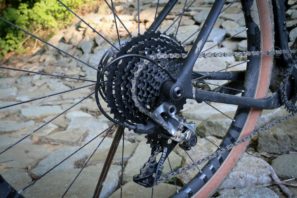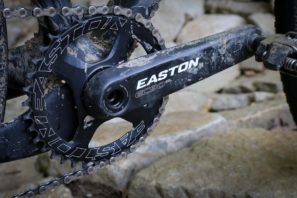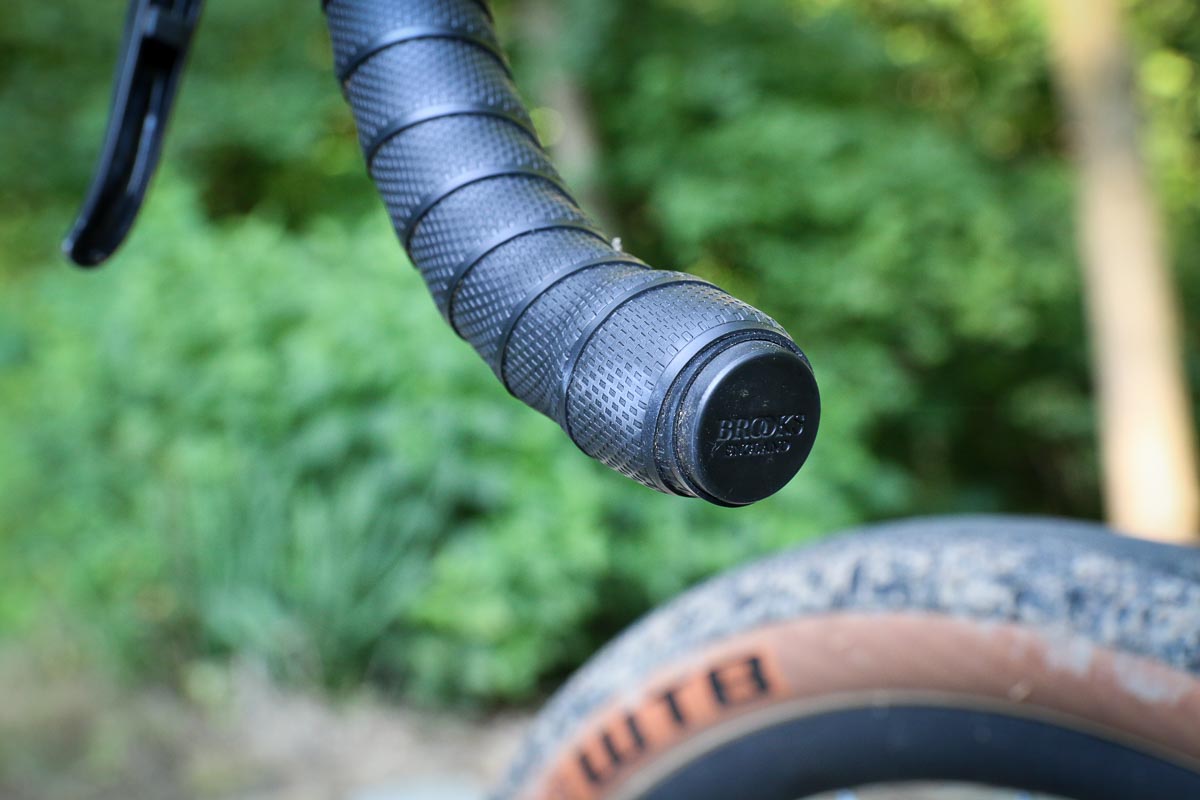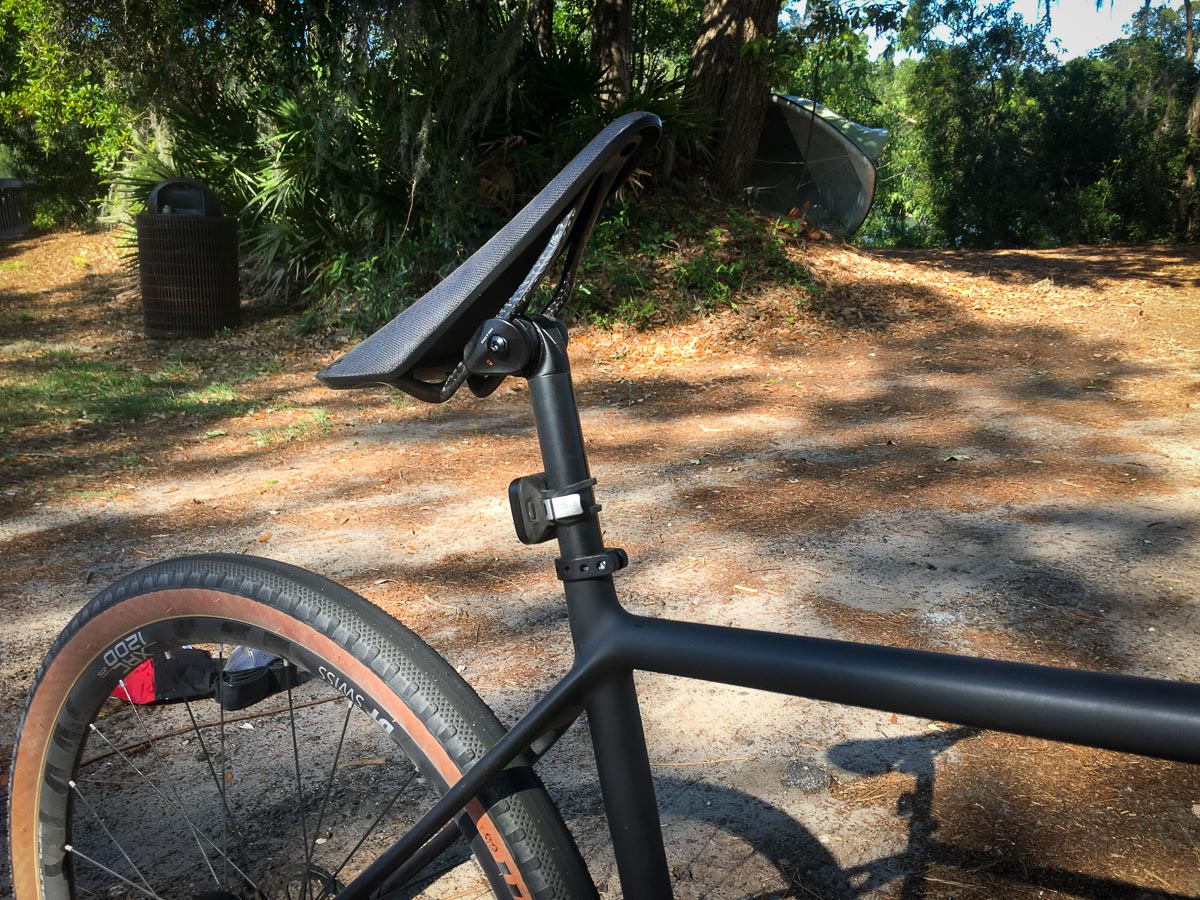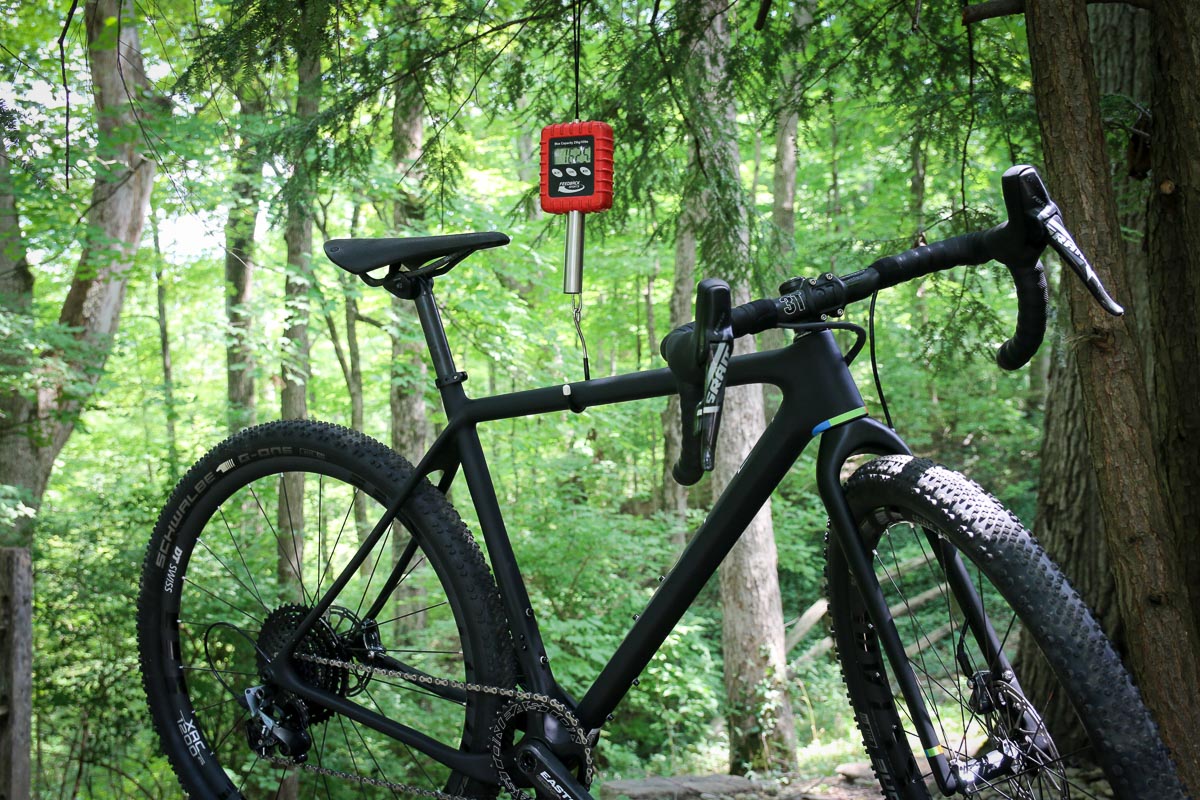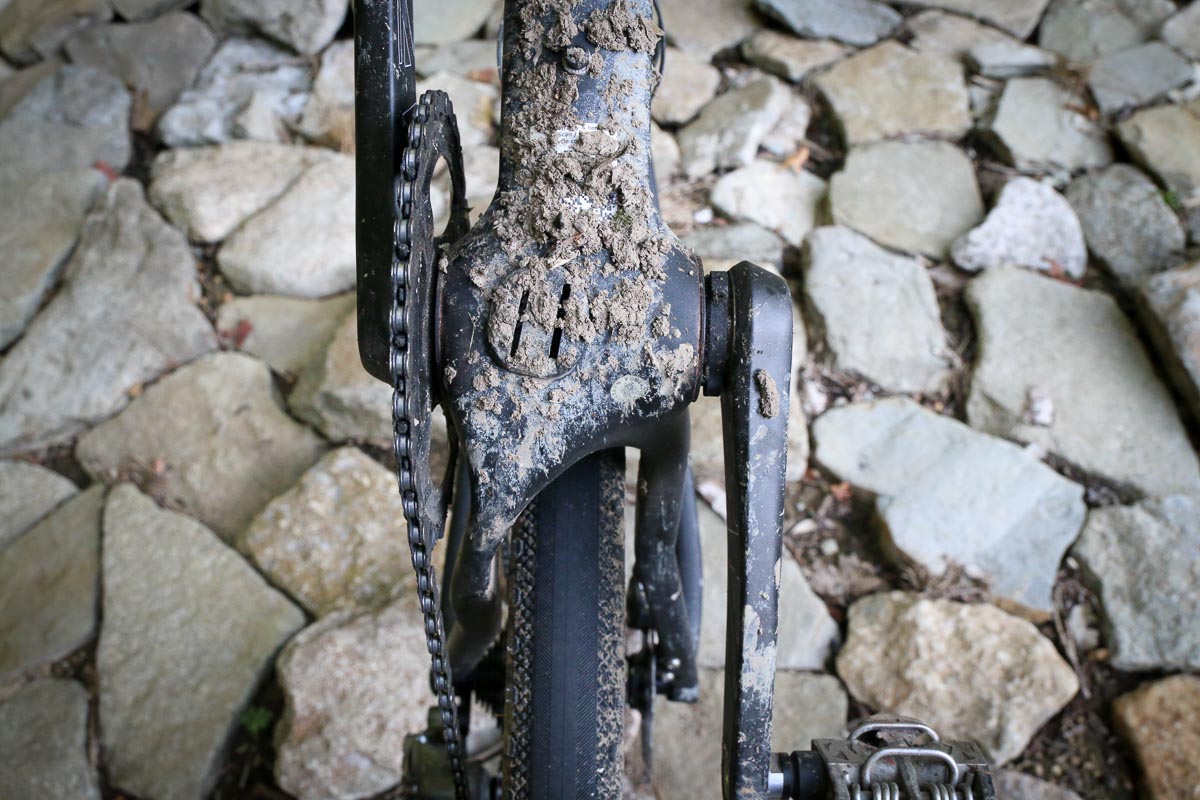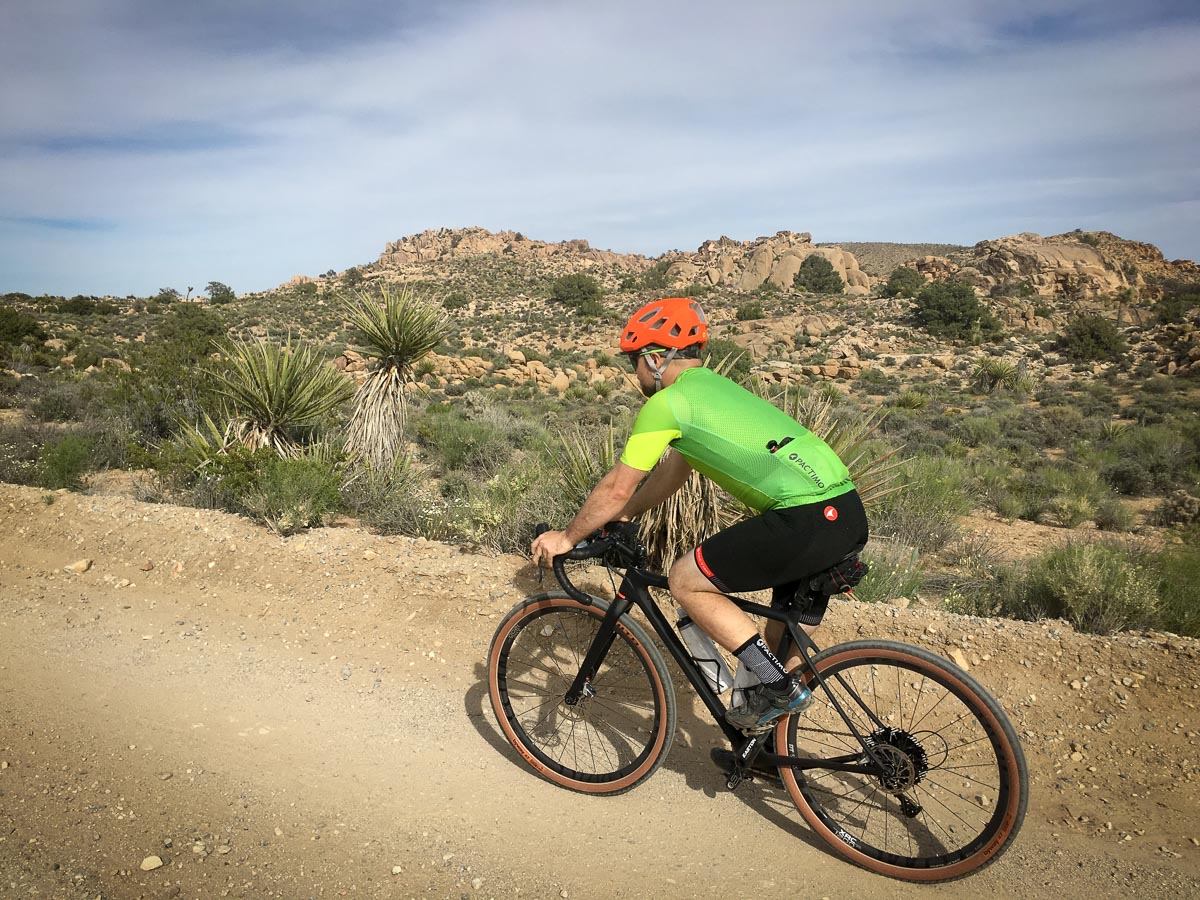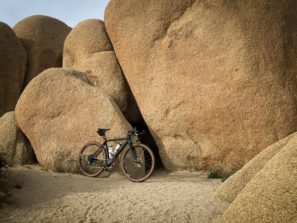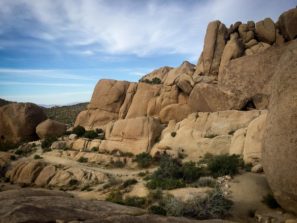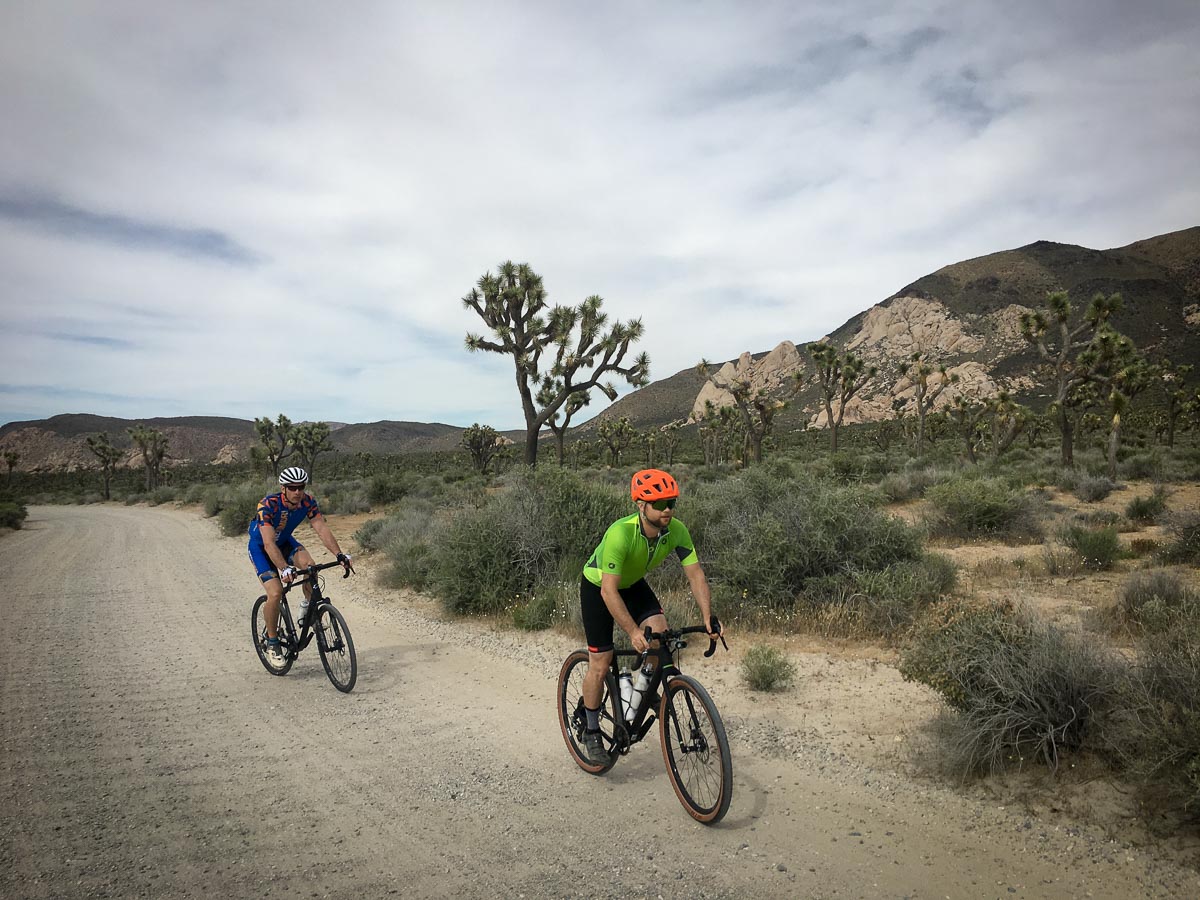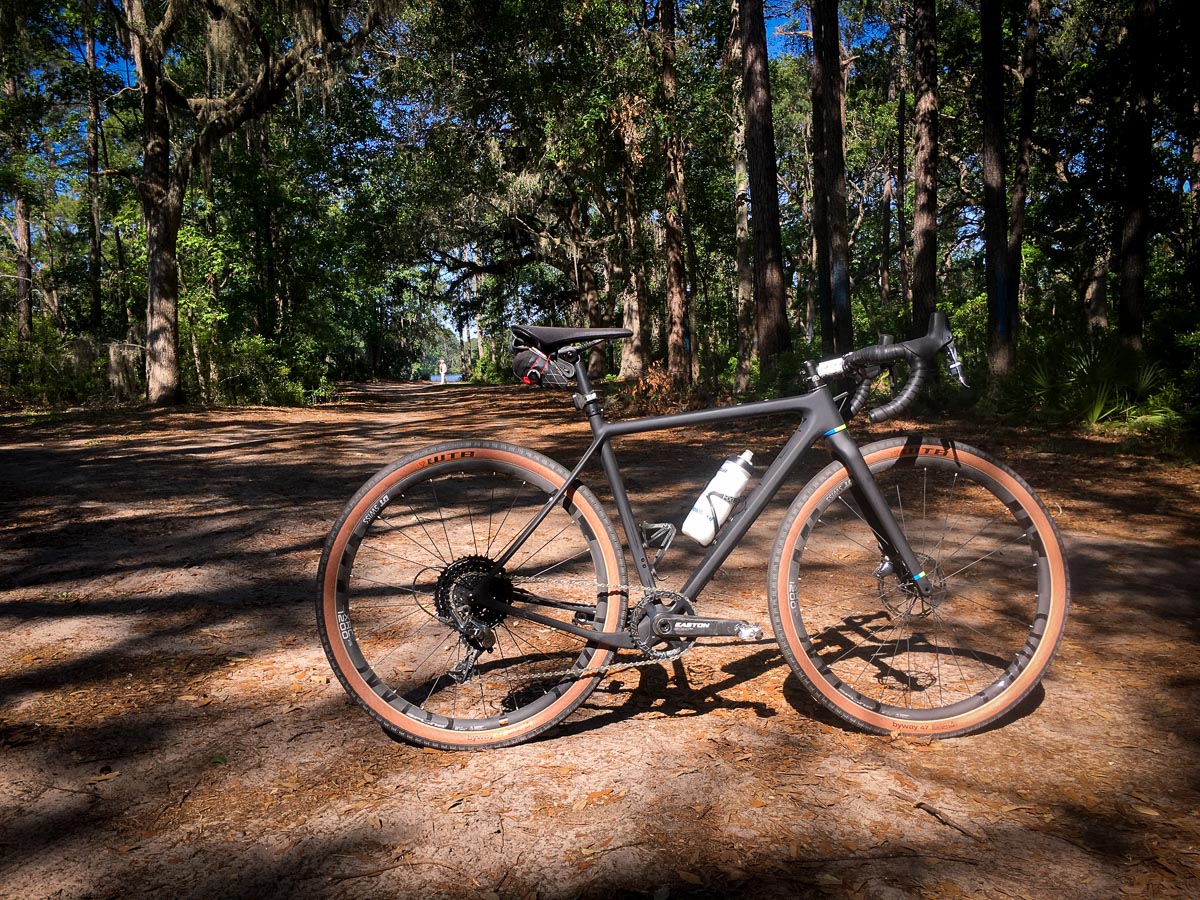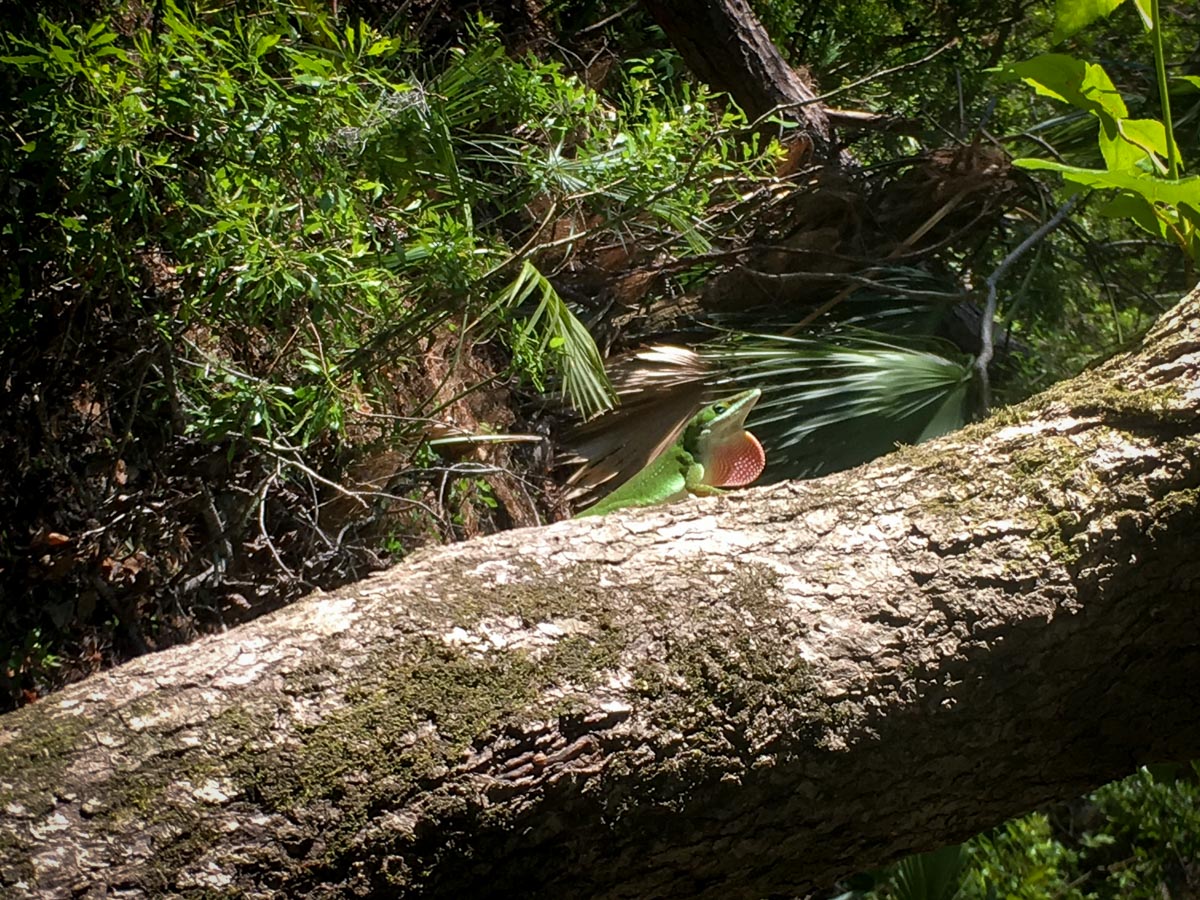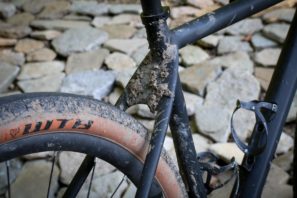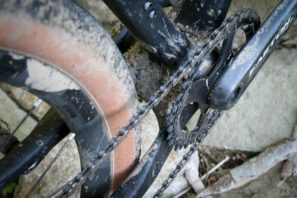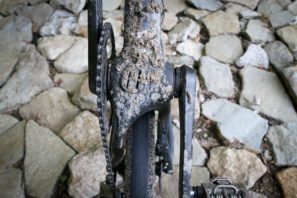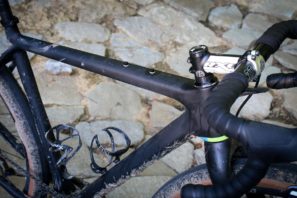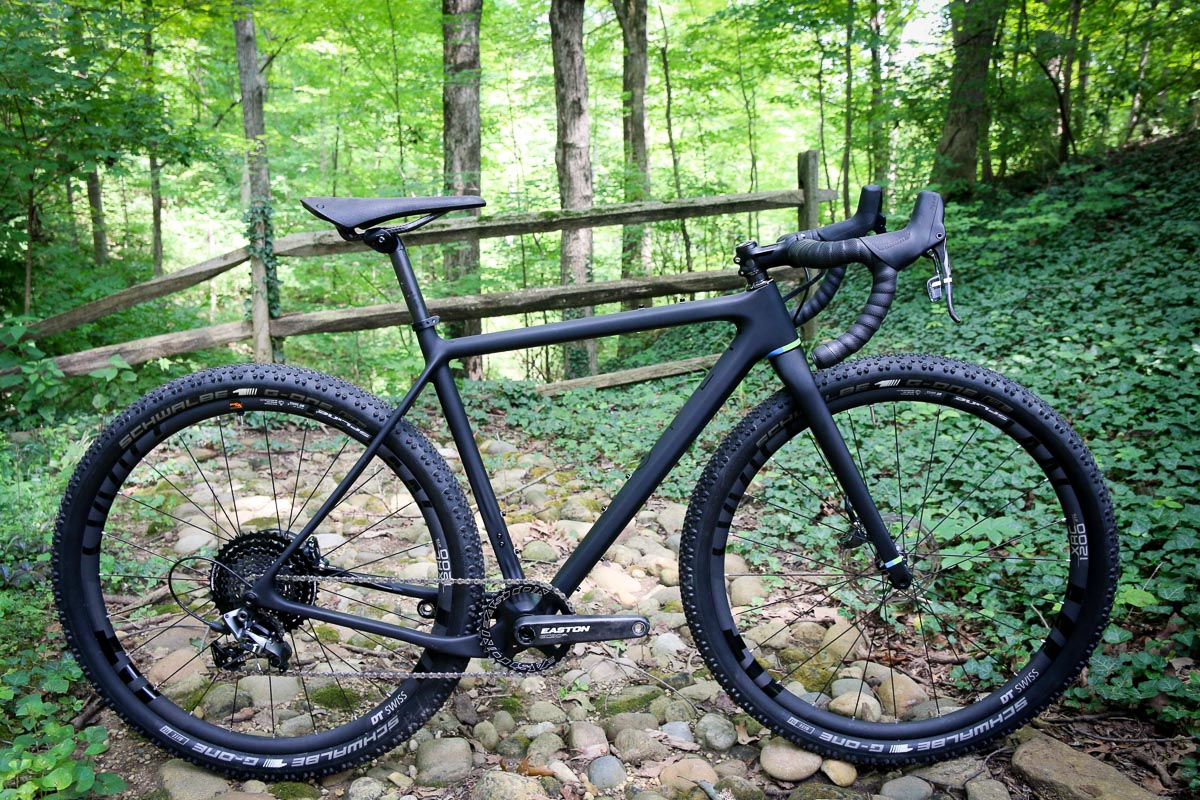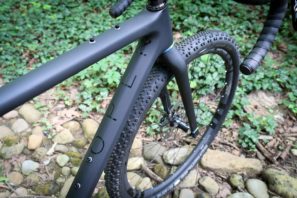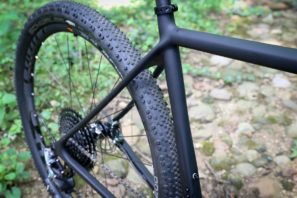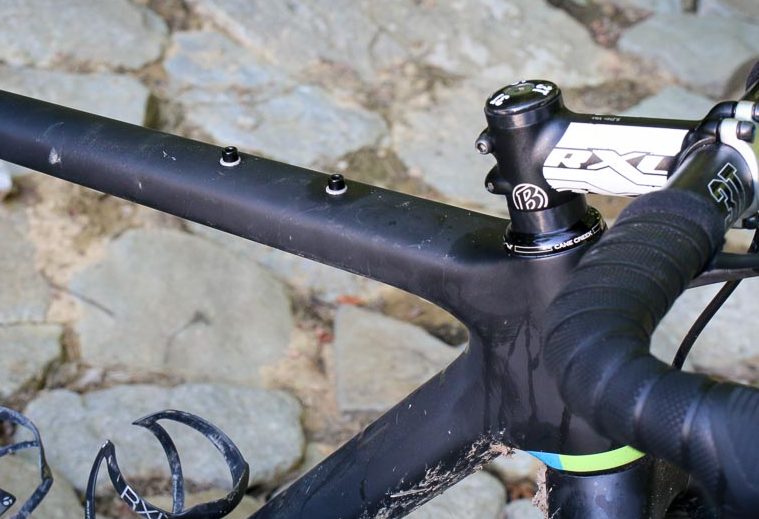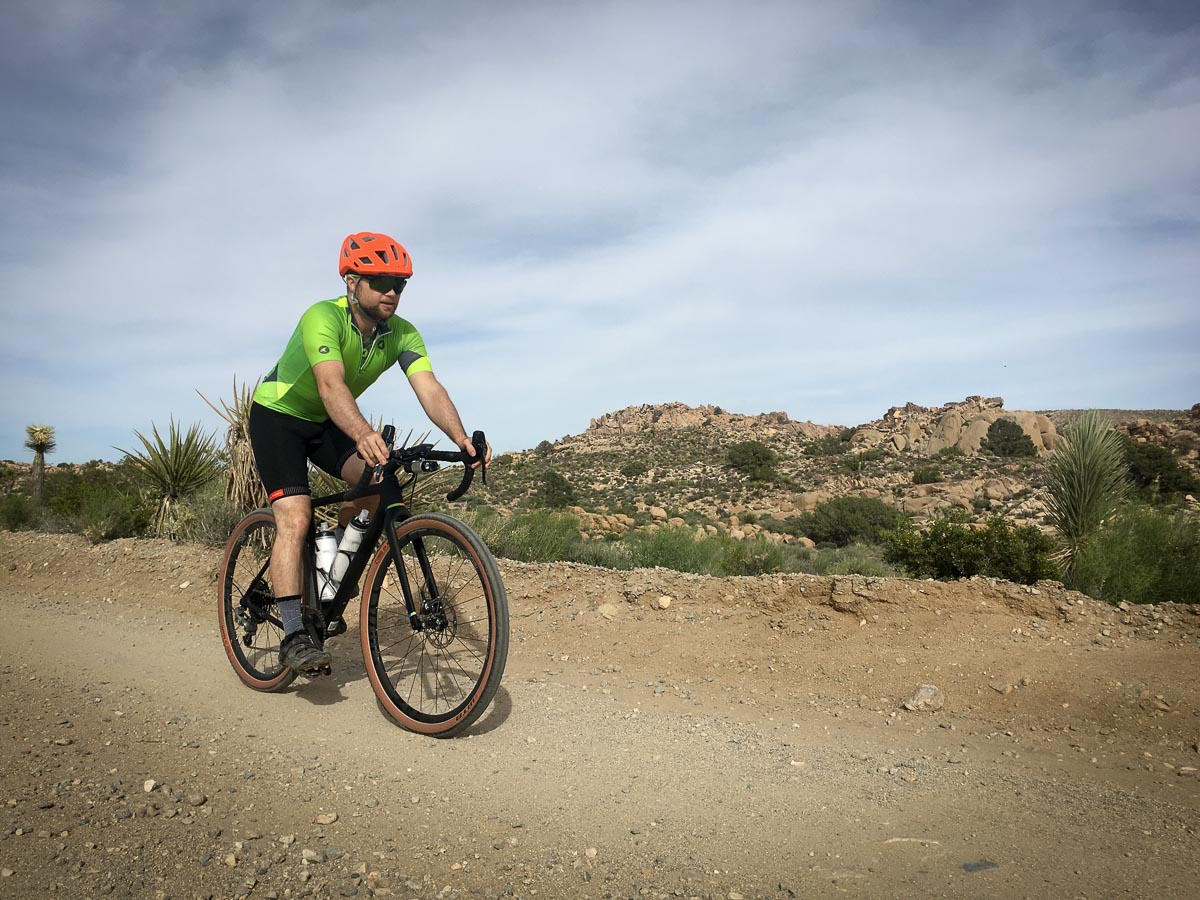The OPEN U.P.P.E.R. is without a doubt the most expensive gravel bike I’ve ever tested. Fortunately, it’s also one of the best. My story with the U.P.P.E.R. starts at Sea Otter when I was offered the chance to test ride the bike while at the show. But, as is often the case when you try to pump out Bikerumor level coverage of a huge show with just three people, there isn’t much time for riding (or sleeping, eating, etc.). To my surprise, OPEN offered to let me take an U.P.P.E.R. home after the show as we made our way back East in the Bikerumor RV. Keep in mind that the U.P.P.E.R. costs $4,500. For the frameset. And it wasn’t like the U.P.P.E.R. had a budget build kit either. A top tier spec meant the bike weighed nearly 16lbs and somehow felt even lighter.
Doing my best to ignore the potential replacement cost, I gladly took OPEN up on the opportunity and pieced together some of my most memorable rides from California to South Carolina…
The Build
Starting at the core, the U.P.P.E.R. is the unapologetically upper class sibling to the OPEN U.P. Using the original OPEN GravelPlus Unbeaten Path frameset as a starting point, the U.P.P.E.R. seeks out the ultimate in performance with a more complex carbon fiber layup which results in a (much) lighter and stiffer frame. The claimed weight difference between the two is 220g (880g vs 1100g for a medium) which is impressive considering it’s basically just the layup and a lighter thru axle that’s responsible for the difference.
The U.P.P.E.R. does use flat mount disc brake tabs, but it’s hard to imagine that difference would result in much weight savings. Both frames run a 142 x 12mm rear axle, but the U.P.P.E.R. uses a Carbon-Ti bolt on axle which sits nicely flush with the frame.
The fork is another big difference between the U.P. and the U.P.P.E.R., though it isn’t included in the frame weight. Rather than the color matched 3T Luteus II fork on the U.P., the U.P.P.E.R. uses an OPEN U-turn fork with a 100 x 12mm thru axle and flat mount disc brakes. Rather than using an adapter, the U-turn runs the caliper bolts through the front of the fork leg much like how the bolts are run on rear flat mount calipers. That means one less part needed for the build and a better connection of the caliper to the fork – which is dedicated to 160mm brake rotors. The fork itself is said to be 375g which OPEN claims to be the lightest that still fits gravel and road plus tires.
And fit big tires it does with clearance up to 2.1″ for mountain bike tires, 40mm for cross tires, and about 28-30mm for road tires. OPEN points out that due to tire and rim variances, tire clearance is just a guideline any more and you should always make sure that you have at least 6mm of clearance between the tire and the frame.
For the duration of this review, I opted for the new WTB Byway 650b x 47mm tires which were graciously installed by the crew at Orange Seal at the very end of Sea Otter after they had been helping out riders with flats all week. The U.P.P.E.R. was initially fitted with fairly knobby Schwalbe tires so I felt the smooth center tread of the Byway would be better suited to the mixed terrain I expected. With the exception of one crash on ludicrously slick mud, I was right. For the most part, the Byways offered a fantastic roll on pavement, dirt, gravel, even hard packed sand. But get them into muddy terrain and as you would expect, the side knobs just aren’t big enough to keep them from sliding. That one slide out aside, I’d still run them unless you’ll be spending a lot of time in the mud.
Even through sandy lowcountry roads and paths through South Carolina and on the beach, the Byways hooked up well. On loose over hard sand the tires would understeer a bit, but they would do it in a predictable manner that made it easy to stay upright. There are definitely better tires out there for loose and slippery conditions, but the truth is that many gravel bikes will spend probably 50-60% of their time on the road, maybe more. That makes the Byway a great choice since it’s exceptional on the road, and still adequate in most situations off road.
I’m happy to say that in three months of riding in nearly every condition and on some extremely technical trails the tubeless, Orange Seal filled Byways were completely flat free.
Those Byways were mounted to a set of DT Swiss XRC 1200 Spline carbon wheels. Weighing just 1340g per set, the featherweight wheels still boast a 22.5mm internal width for a nice fit with the road plus tires. I have no complaints here – the wheels are easy to set up tubeless, they felt very stiff laterally without feeling like you’re taking a punch every time you hit a rock, and the straight pull hubs with the legendary DT Star ratchet mechanism was fairly quiet out on the road. The only catch – this is another extremely expensive component with wheelset prices starting at $2,691. Add that to the frameset and we’re already up to at least $7,191 before tax. It’s only money, right?
Converting pedaling into forward motion, the U.P.P.E.R. had a suitably high end 1×11 drivetrain with a mix of parts. Centered around the Easton EC90SL crank with a 38t direct mount ring, the back of the drivetrain runs an e*thirteen trsr 9-46t cassette. A SRAM Force CX1 rear derailleur shifts through the gears, controlled by Force CX1 HRD shifters and hydraulic disc brakes (160mm ft, 140mm rr). While meant for mountain biking, the e*thirteen cassette seems to work quite well, offering one of the largest gear ranges currently available in a wide range cassette. That’s important when you’re running a 1x drivetrain on a bike that sees both high speed road use and off road crawling. If I was building the bike myself, I might bump up to a 40t on the front as it’s pretty easy to spin out the 38 x 9 on the road, and the 38 x 46 is a super low gear which I certainly used in spots, but could have gotten away without it. No matter what the combination though, 1x drivetrains still don’t offer a wide enough range to cover the full spectrum that a gravel bike may encounter, so tailor the gear choice towards what you’ll be doing most.
I will say that the combination of the clutched CX1 derailleur and the dropped chainstay made for an incredibly silent drivetrain. It wasn’t until I was cleaning the bike to send it back that I noticed the chainstay had nothing in terms of protection from chainslap – yet there was hardly a mark. I was also concerned about the finish on the Easton cranks since the carbon arms are pretty thick and don’t include the crank skins Race Face offers on their carbon arms. I still think they should be included, but the finish on the arms turns out to be fairly durable, with the full logos still intact after a lot of muddy riding.
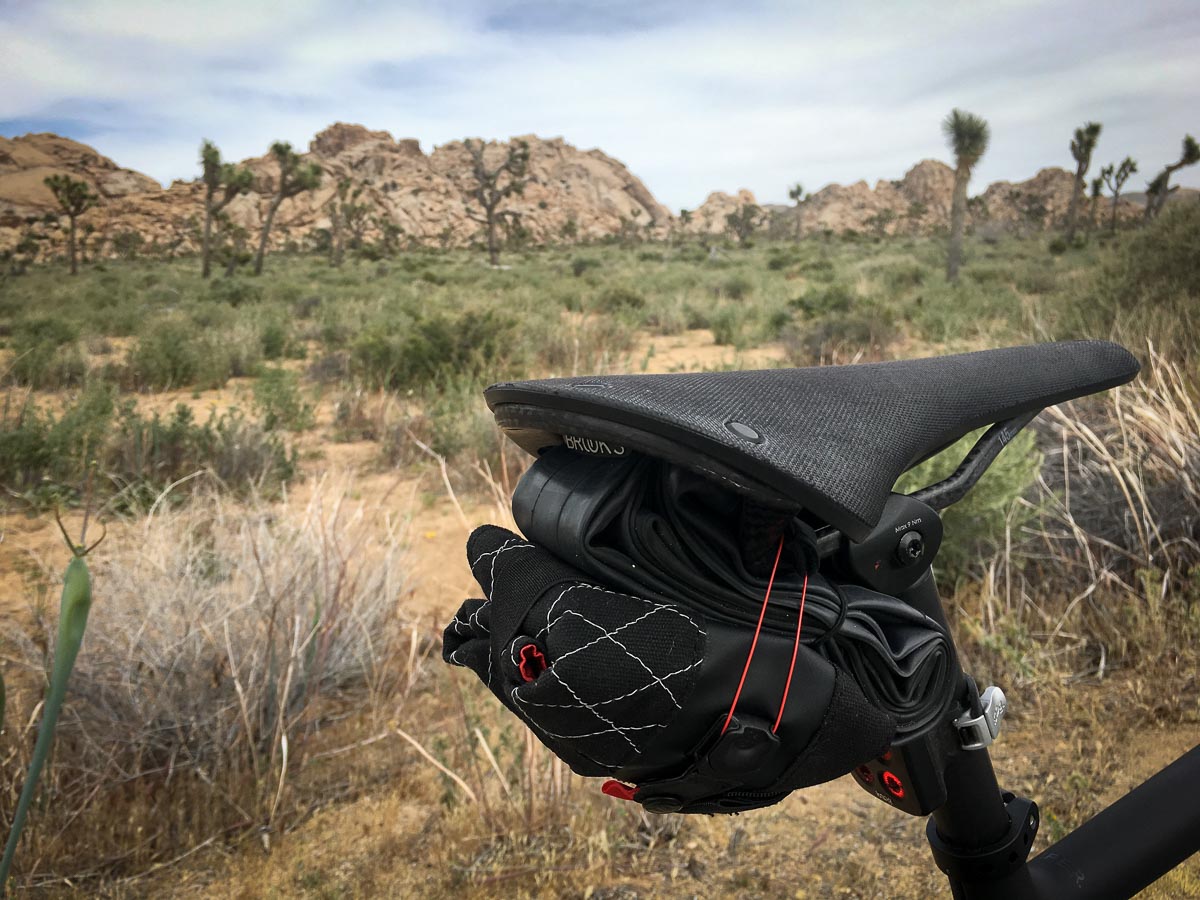
As a result of this being a display bike at Sea Otter, the U.P.P.E.R. was fitted with new parts from Brooks including the new Cambium C13 saddle with carbon rails and Cambium Rubber bar tape. The Cambium, while looking the part on the U.P.P.E.R., felt like it would be better suited to a more upright riding position. The nose is fairly wide which caused some chafing issues, and the cotton surface also absorbs a lot of sweat on hot days. However, the vulcanized rubber base makes it fairly comfortable. The tape on the other hand was a perfect fit. The cushy, grippy tape proved to be quite durable and offered a nice feel to the bars.
The rest of the components included a 3T cockpit with an Ernova Stealth bar, an ARX II Team Stealth stem (which had to be switched out because the 70mm length was too short for my fit), and a Zero25 Team Stealth seat post. As you can see from the photo, it is very important with the Zero25 that you really tighten the saddle clamp bolt if you have to make an adjustment on the road. With a max torque of 9 Nm, it can withstand a pretty high amount of torque – and it needs it to stay in place. The nose to the sky position was the result of a running cyclocross style mount which promptly dumped me off the back of the saddle. To make things worse, the seatpost head is pretty finicky in its set up and it’s possible to actually install the saddle so that the surface isn’t quite level, drooping to the left or right. As a result, what should have been a quick adjustment turned out to be a lengthy ordeal in a bug infested swamp. Keep the saddle clamp tight (really tight) though, and you should be OK.
When it comes to the bars, the Ernova shape is really nice, but like the (too) short stem I just would have preferred a wider bar for this build. Fortunately, since the U.P.P.E.R. is a frameset only, you can hand pick every component for the perfect fit.
All in with the Schwalbe tires and the build as mentioned above without pedals (and with plenty of sealant in the tires), the U.P.P.E.R. weighs just 16.25lb (7.37kg). For a bike like this, it’s enough to make people voice their surprise after picking it up. This was for a small frame, which at 5’8″ seems like the perfect size for me. Thanks to the creative shaping of the stays around the BB386 bottom bracket area, the U.P.P.E.R. manages to keep short chainstays while still fitting huge tires which has a lot to do with how well the U.P.P.E.R. performs in technical situations.
Specifications
| Frame: | OPEN U.P./U.P.P.E.R. | ||||||
| Frame sizes: | S, M, L, XL | ||||||
| Frame-only weight (±3%): |
|
||||||
| Fork: |
|
||||||
| Colour: |
|
||||||
| BB std: | BB386EVO | ||||||
| Crank Fit: | Standard road crank fits, with the exception of most Campagnolo cranks due to our oversized BB area for added stiffness. Always check crank clearance. | ||||||
| Chainring fit: | NOTE: For single chainring set-ups, we recommend flat rings, not offset rings, for the best chainline. For “regular” oval rings, deduct 2 teeth from the below spec. For extreme oval rings, who knows.
Max inner ring: 36t |
||||||
| Headset std: | Integrated Tapered IS42/28.6 | IS52/40 | ||||||
| Seatpost Ø: | 27.2mm | ||||||
| Rear axle std: | 142x12mm (X-12) thru axle (Syntace for U.P., Carbon-Ti for U.P.P.E.R.) | ||||||
| Brake std: |
|
||||||
| Cable routing: | Internal via exchangeable MultiStops for 1×10/11, 2×10/11, Di2 | ||||||
| Bag mount: | 100mm front-post-to-bearing-bore-edge | ||||||
| Incl. in box: | Frame, fork, headset, seattube collar, front & rear thru-axle, 2 rear derailleur hangers, 1 removable front derailleur mount, cover bolts for front derailleur mount posts, 3 MultiStops (2x, 1x, Di2), chainstay cable exit stop, BB guide, cable sleeves, noise-reduction foam sleeves, bottle cage bolts, manual | ||||||
| Frameset Price (excl. sales tax) |
|
The Ride
It’s a long drive back to North Carolina from California. Fortunately, there’s a lot to see and do along the way. Our first stop was Joshua Tree National Park which means riding off road is prohibited, but the paved and gravel roads of the park are fair game. If you’ve never ridden through a park like Joshua Tree, I’d highly recommend it. You end up seeing so much more by bike and while not a particularly strenuous ride, the scenery is incredible.
The most difficult part of the ride were the terribly washboarded gravel roads which led to various camp sites and trail heads. It was an interesting experience since I was on a fully rigid bike with road plus tires, while Tyler was on the new Fox AX fork with fat 700c wheels and tires, and Benedikt and Bergur were on bikes with their own Lauf forks. Everyone voiced their displeasure over the constant jarring, but it did seem like the suspension equipped bikes were a little easier to control. However, the U.P.P.E.R. manages to be fairly compliant without giving up on stiffness.
After a number of different technical rides, I was left with the impression that the U.P.P.E.R. isn’t quite the off road machine as something like the Why R+ with a Lauf fork, but it’s definitely better as a road machine. That distinction is made by splitting hairs though, both bikes are incredibly capable, they just have slightly different personalities.
As much fun as the riding was around Joshua Tree, I think my most eye opening rides took place during a vacation to South Carolina. I typically bring a fat bike or two along for beach adventures, but this year I brought the U.P.P.E.R. as well. I don’t think I’ve ever had quite as much fun exploring, chasing lizards, riding on the beach, and generally falling in love with riding all over again. In everything but the deepest sand (think sand volleyball courts), the U.P.P.E.R. charged through with a unique blend of high performance open road speed, and indifference to off road terrain. Because of that, it was easier than ever to just go wherever your heart desires, getting purposely lost in the process.
These bikes often get compared to early mountain bikes, but that’s not a fair comparison. The U.P.P.E.R. is just so much faster when it comes to the road that you’re able to better link together far flung trails into one big multi-surface loop. Part of that ride has to be due to the carbon wizardry of Gerard who has created a bike that seems to check all the boxes – light, stiff, and durable.
Speaking of durable, can we talk about the U.P.P.E.R.’s finish for a moment? I did not take it easy on the U.P.P.E.R. I rode it the way I would ride a bike of my own which includes plenty of wheelies, sketchy descents, creek crossings, and a few crashes (sorry guys!). Yet at the end of testing, with a good wash the bike looks almost as good as new (the three lower photos were taken after the three above it, and after three months of hard riding). That’s tough to do with a painted carbon bike – even tougher with a matte painted carbon bike. Granted, a bottle of Finish Line Matte Cleaner really helped to clean up the frame, but I’m really impressed by how good the U.P.P.E.R. still looks. It’s exactly what you should expect at this price.
There’s also no denying the U.P.P.E.R.’s good looks. It’s one of those bikes that no matter where I rode it, people would stop to comment on how much they liked it. For a mostly murdered out bike, it somehow still manages to be pretty flashy.
The one and only complaint I have with the frame is also coincidentally very easy to fix. It has to do with the bag mounts on the top tube which use fairly large socket head Allen screws. Somehow, I’ve caught my leg on these a few times and it seems generally like a bad place for two protruding nubs. Changing them out to a button head screw with a lower, rounded profile would be much better for running the frame without a bag here. But the addition of the mount shows that OPEN is thinking about how the bike will actually be used with three bottle mounts and a top tube bag mount for longer rides.
Takeaway
The OPEN U.P.P.E.R. is an amazing bike, but it should be an amazing bike. This build is a budget-be-damned exercise in matte carbon awesomeness, and it delivers. But there’s more to the story than just a staggering price tag. The U.P.P.E.R. manages to capture that essence of what makes riding so addictive in the first place. I don’t think I’ve ever been so bummed to send a bike back – at least not one of the carbon drop bar variety. To me, this is the perfect (all) road bike. Put it in almost any situation and it can hang, provided the pilot has some skills. Fast road rides? Sure – you probably won’t be up front, but I’ve done it and it works. Switch to 700c wheels and 28 tires and you’ll have no problem keeping up. Mountain bike trails? Again, show some technical handling chops and you’ll be amazed what you can get away with. Give it more aggressive tires and the trails are yours. I love everything about this bike from the ride quality, the geometry, the weight, the looks – it’s just about the perfect bike. If money was no object, one of these in almost this exact build would be in my garage right now.
The point is, if you’re looking for a supremely versatile gravel bike, or a road bike with depth for that matter, the OPEN U.P.P.E.R. is very hard to beat. And if you can’t swing the price of the U.P.P.E.R., the OPEN U.P. is just as capable, only slightly heavier, and a bit less expensive.
